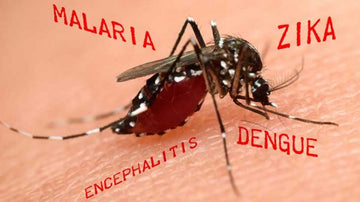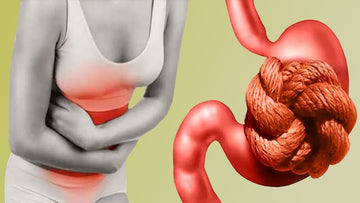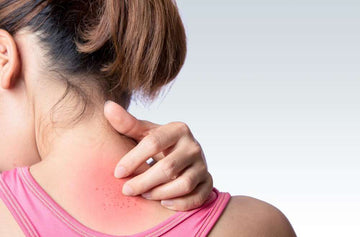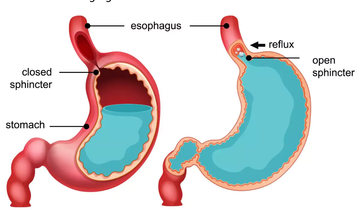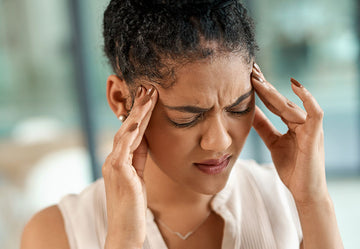
Introduction
Migraine is a headache that causes severe throbbing pain or pulsing sensation usually on one side of the head, migraine is much more than a bad headache. It is accompanied by vomiting, nausea and extreme sensitivity to sound and light. Attacks of migraine can last for hours to days and the pain can be so bad that interferes with your daily activities.
Causes of Migraine
Migraine causes are not fully understood, genetics and environmental factors appear to play a role. There are a number of migraine triggers including-
- Stress
- Drinks such as alcohol, wine and too much caffeine such as coffee
- Hormonal changes in women
- Sleep changes- missing sleep or getting too much sleep can trigger migraines in some people.
- Intense physical exertion might provoke migraines
- Weather changes
- Medications such as oral contraceptives and vasodilators can aggravate migraines
- Food – processed foods might trigger migraines, skipping meals also triggers migraine
Four stages or phases of a migraine-
The phases are:
- Prodrome stage- the first stage lasts few hours or it can last days, you may or may not experience it as it may not happen every time. You also know it as the premonitory or preheadache phase.
- Aura stage- the aura phase can last as 60 minutes or as little as five minutes. Mostly people don’t experience this phase and some have both the aura and the headache at the same time.
- Headache stage- headache lasts for 4 hours to 72 hours. In this phase you experience drilling, throbbing or the sensation of icepick in your head. It starts typically on one side of your head and then spreads to the other side.
- Postdrome stage- this stage goes on for a 1 day or 2 day. It is often called a migraine hangover, 80 percent who have migraines experience it
It can take about 8 to 72 hours to go through the four stages.
Symptoms of Migraines –
Primary symptom of migraine is a headache. The pain sometimes described as a pounding or throbbing. It begins as a dull ache that develops into pulsing pain that is mild, moderate or severe. The symptoms of migraine includes-
- Nausea and vomiting, abdominal pain
- Sensitivity to light, odors and noise
- Loss of appetite
- Feeling very warm and cold
- Feeling tired
- Pale skin color
- Dizziness and blurred vision
- Tender scalp
- Fever
- Diarrhea
Prodrome stage symptoms – Difficulty in speaking and reading
- Problem in concentrating
- Irritability and depression
- Nausea
- Fatigue
- Sensitivity to light and sound
- Muscle stiffness
- Increased urination
2) Aura stage symptoms-
- Visual disturbances
- Numbness and tingling
- Weakness on one side of the body
- Speech changes
- Temporary loss of sight
3) Headache stage symptoms-
Depression, anxiety and giddiness
Neck pain, stiffness
Sensitivity to light, sound and smell
Insomnia
Nasal congestion
Nausea and vomiting
4) Postdrome stage symptoms-
- Fatigue
- Depressed mood
- Inability to concentrate
- Euphoric mood
Risk factors of Migraines-
Several factors make you prone to having migraines including-
- Family history- when you have a family member with migraines then you has a chance of developing them too.
- Women are three times more prone to having migraines as compare to men.
- Migraines can begin at any age though the first often occurs during adolescence , and it tend to peak during your 30s , and gradually become less severe and less frequent in the following decades.
- Hormonal changes- women who have migraines, headaches might begin just before or shortly after onset of menstruation. They also change during pregnancy or menopause. Migraines generally improve after menopause.
Prevention for Migraines-
- Don’t skip meals, eat at regular intervals. Drink plenty of water.
- Exercise regularly and maintain a healthy weight
- Keep a migraine dairy, take notes about any foods and other triggers that you think may have caused you to develop a migraine. Make changes in your diet and avoid those triggers as much as possible.
- Control stress by doing meditation, yoga, relaxation training or mindful breathing.
Management of migraine according To Ayurveda-
In Ayurveda migraines are caused by a pitta dosha and vata dosha imbalance. When pitta dosha is imbalanced it manifests as a burning, sharp pain which are associated with visual sensations and light sensitivity
Ayurvedic treatment for migraine pain includes-
- Through detoxification
- Lifestyle changes
- Home remedies include the homegrown ingredients
- Refined diet
- Relaxation processes help you ease the pain
- Home Remedies for Migraine
- Healthy diet- FRUITY AND LEAFY VEGETABLES
- Avoid processed foods, pickles, dry fruits
- Use ginger- ginger is a natural home remedy that helps to ease nausea caused due to migraine.
Stay hydrated
Yoga asana-
Shishuasana
Janu Sirsasana
Hastapadasana
Adho mukha svanasana
Migraine Go Kit
1. Nerve up tablet
CAC Nerve up tablet is a herbo-mineral tablet and is purely ayurvedic formulation. CAC Nerve up tablets help in balancing the vata doshas. It reduces kapha dosha, and acts as nervine stimulant. It shows effective results in improving the central nervous system. It contains natural ingredients like shudha kuchala, shudha shilajeet, praval pishti, shankh bhasma etc. These contain natural vatahar properties and helps in curing vata diseases.Recommended Dosage – Take 1 tablet twice daily with normal water.
2. Panchasakar Churna
This churna is specially made to remove the toxins from the body on a regular basis. This herbal remedy is made up of ingredients such as Haritaki (Terminalia chebula), Swarna patri (Cassia angustifolia), Shatapushpa (Foeniculum vulgare), Shunthi (Zingiber officinale), and Saindhavan lavana (Rock salt). It balances all the doshas and reduces the symptoms of associated diseases.Recommended Dosage – Take 1 tablespoon with Lukewarm water at bedtime.
3. Sheet Dhara Syrup
Sheet Dhara is herbo mineral and purely ayurvedic formulation. It works on all the three doshas of body but mainly act on pitta dosha. It contains Ajwaion, Kapur (camphor) and Mint leaves that help reduce Acidity and burning sensation in chest region with its cooling effects. It relaxes your mind also maintains Bloodpressure. CAC Sheet dhara help in controlling mood swings by which many women are affected nowadays. It also controls burping, nausea and bloating.Recommended Dosage – Take 1/2 or 1 teaspoon of sheet dhara twice daily empty stomach
4. Digestion Support tablet
This tablet is unique blend of best digestive herbs like kutaz chal, bilav, dhania, mustak, shankh bhasm, piper mint, and dadim that maintain natural Ph balance in the stomach and aid digestion of all types of food. The herbs present in this control acidity, gas, flatulence and constipation. These all complex problems are root cause of all diseases. If digestive system is proper it leads to proper assimilation of the nutrients in the body.As per Ayurveda digestive disorders are due to imbalance of Pitta doshas. The Ama formation leads to digestive disorders.
Dosage – 1 tablet twice daily with plain water
5. Mann Mitra tablet
Mann Mitra tablet is herbal and purely ayurvedic medicine. It is used in Ayurvedic treatment for psychiatric conditions and help to balance all the three doshas of body i.e vata, pitta, kapha. CAC Mann Mitra tablet improves intelligence and speech problems. It is helpful for making the nervous system strong and nerves as well. It contains various herbs like Bala, Vacha, Shankhpushpi, Nagkeshar etc that help you fight insomnia, anxiety, and stress.Recommended Dosage – Take 1 tablet twice daily with normal water.
6. Anu Tail
Anu tail is herbo mineral and purely ayurvedic formulation. It is used for ayurvedic treatment procedure known as Nasya treatment in most of the disease involving Ear, Nose and Throat involving pain. It has Tridosha balancing properties but mainly help to balance your Kapha dosha that cause Headache, running Nose or Sinusitis. It strengthens Ear, Eyes, Nose, Tongue and Throat.Recommended Dosage – 2 drops twice a day in both nostrils


